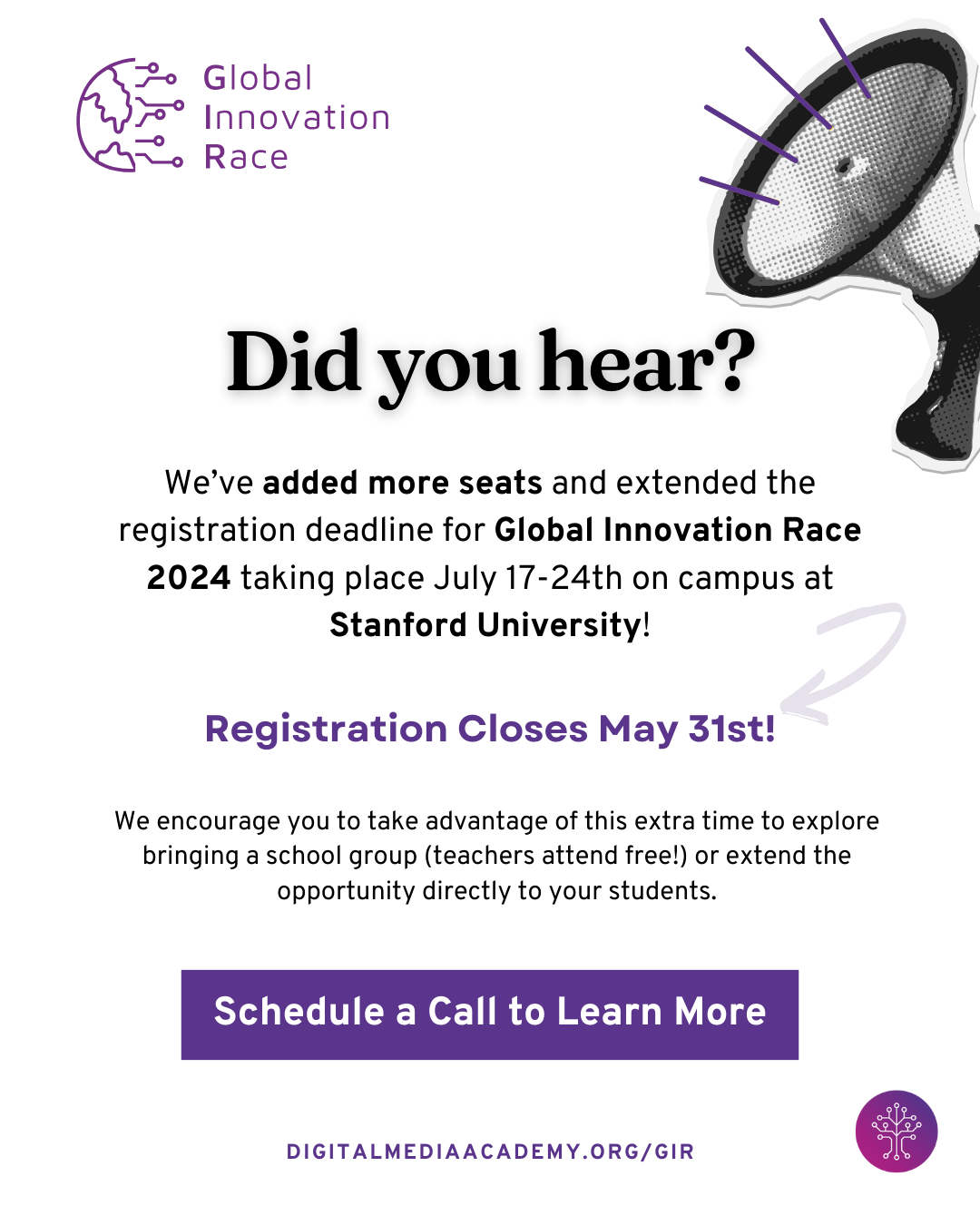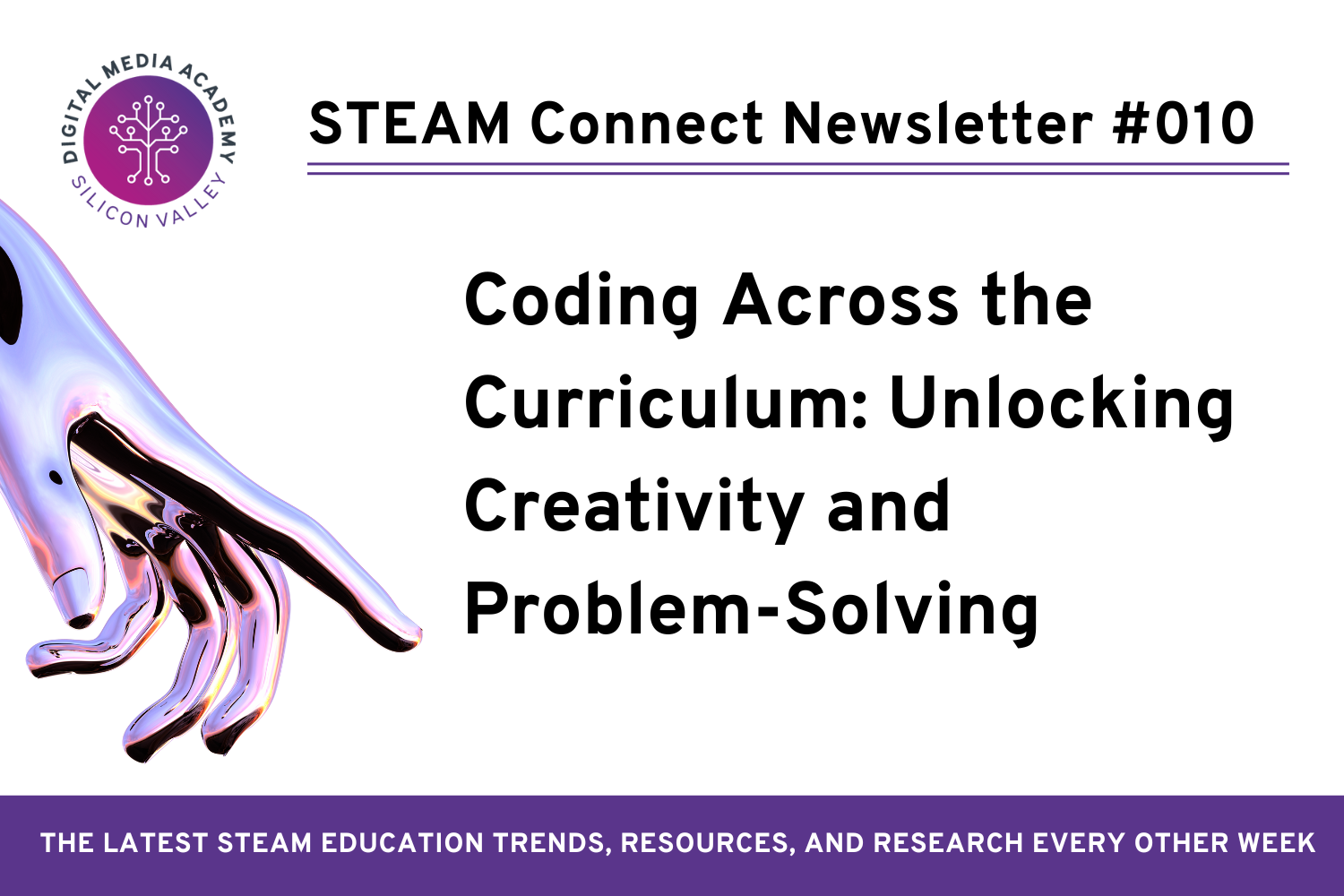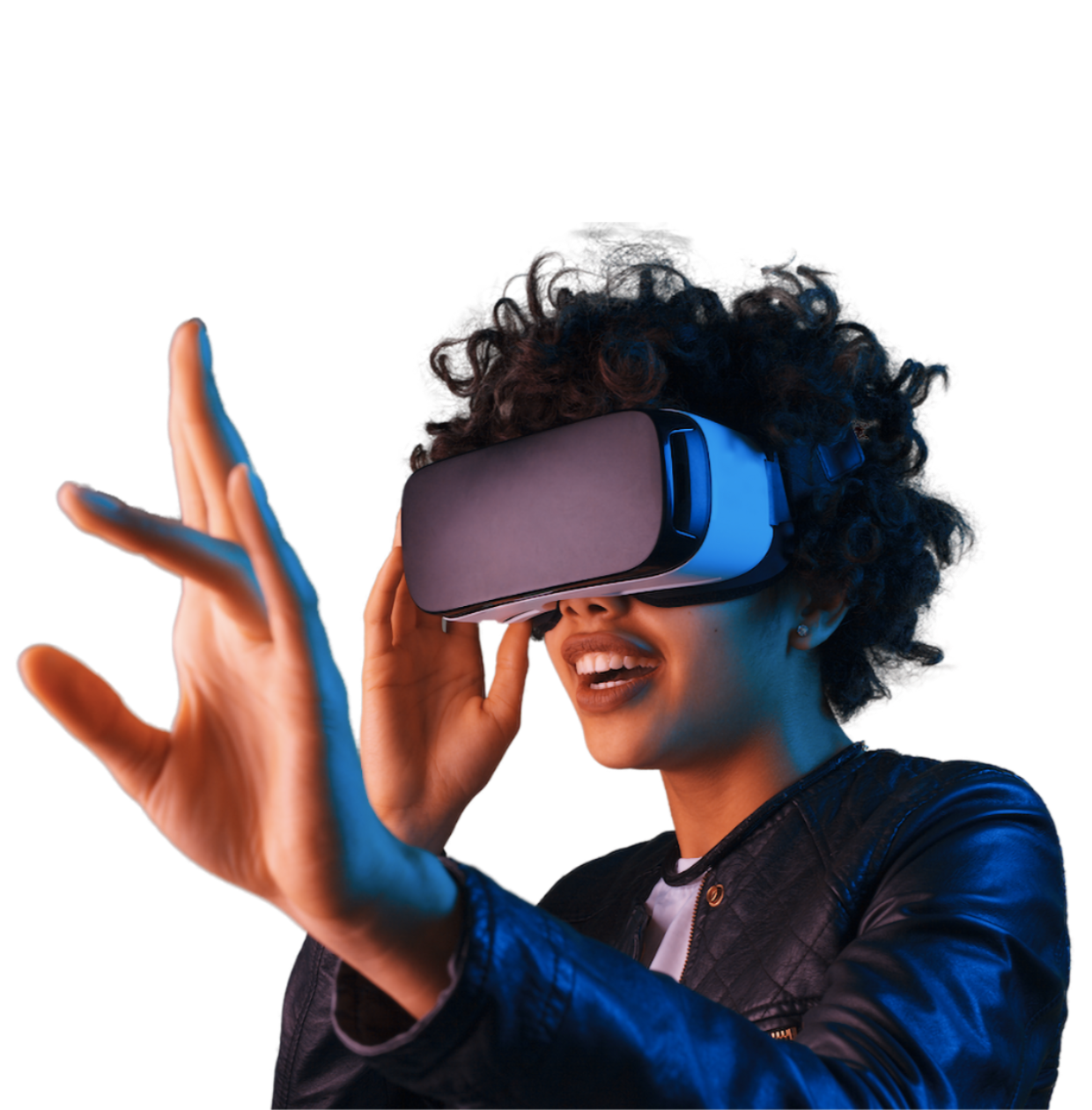Dear STEAM Enthusiasts,
Welcome back to STEAM Connect, your bi-weekly dose of inspiration and practical tips for STEAM education!
In this issue, we explore the transformative power of integrating coding across subjects to foster computational thinking in students of all ages.
Let’s dive in 🪸
Why Code Across STEAM Subjects?
In today’s digital world, computational thinking – the ability to break down problems, design solutions, and use logic – is a critical life skill. By incorporating coding across subjects like math, science, language arts, and even history, educators can empower students with this essential skill set. From analyzing data sets to simulating historical events, coding enhances problem-solving abilities and nurtures creativity in students.
Coding in Action: Subject-Specific Ideas
Mathematics: From Algorithms to Art
In math classes, coding offers a dynamic approach to learning concepts like algorithms, variables, and patterns. Students can explore mathematical concepts through coding projects, such as creating geometric shapes with Python or visualizing functions with JavaScript. By applying coding to real-world math problems, students develop a deeper understanding of mathematical principles while honing their coding skills.
Science: Hands-On Exploration with Code
In science education, coding serves as a bridge between theory and experimentation. Students can use programming languages like Scratch or Arduino to design and conduct experiments, collect data, and analyze results. Whether simulating ecosystems, modeling physics phenomena, or programming robots to explore Mars, coding empowers students to engage with scientific concepts in a hands-on, interactive manner.
Language Arts: Crafting Stories with Code
In language arts classrooms, coding becomes a tool for storytelling and self-expression. Through interactive storytelling platforms like Twine or creating digital animations with Scratch, students can bring characters and narratives to life. By combining coding with creative writing, students develop digital literacy skills while fostering their imagination and communication abilities.
History and Social Studies: Bringing the Past to Life
In history and social studies, coding opens new avenues for exploring historical events and societal issues. Students can create interactive timelines, multimedia presentations, or historical simulations using coding languages like HTML, CSS, or Unity. By integrating coding with historical inquiry, students gain a deeper appreciation for the past while developing critical thinking skills.
Career and Technical Education (CTE)
Highlighting how coding skills are relevant to various career pathways can help students understand the practical applications of computational thinking. Whether it’s computer science, engineering, healthcare, finance, or agriculture, coding skills are increasingly in demand across diverse industries. Providing examples of how coding is used in real-world professions can inspire students and help them see the relevance of STEAM education in their future careers.
Unplugged Adventures for Early Primary Learners
For our youngest learners, introducing computational thinking doesn’t always require a screen. Unplugged activities, such as sequencing games with physical objects, unplugged coding puzzles using movement, or collaborative storytelling with picture cards, provide hands-on experiences that lay the foundation for future digital learning. These activities promote problem-solving, logical reasoning, and teamwork, all while fostering a love for learning. We love this resource: helloruby.com/play
Closing Thoughts
Integrating coding across subjects not only prepares students for future careers in technology but also cultivates essential skills such as critical thinking, creativity, and collaboration. By embracing coding as a cross-curricular tool, educators can empower students to become lifelong learners and active contributors to a digital society.
Stay tuned for more insights and resources on STEAM education in our upcoming editions. Until then, keep exploring, experimenting, and innovating!
We’re excited to announce more seats added for Global Innovation Race (GIR) at Stanford University!

Registration Extended to May 31st!
Bring a group of 5+ students (aged 13-17) to Global Innovation Race 2024 at Stanford University and receive a year of Leading STEAM Schools in the World membership for your school. We also have GIR Scholarships available for school groups!
There are 3 ways we can help your school with your STEAM Programming:
🌍 Bring Students to Global Innovation Race on-campus at Stanford University (July 17-27th)
Fuel your students’ passion for technology and innovation while future-proofing their skills with the summer experience of a lifetime! Global Innovation Race is an international call to action for student groups (aged 13-17) across the globe to design solutions that will shape the future. Space is limited. Learn more here!
🌐 Join Leading STEAM Schools in the World
Developed by Stanford-affiliated educators and researchers, Leading STEAM Schools in the World (LSSW) Membership helps schools and educators meet the ever-evolving needs of 21st-century learners. Membership is customizable, combining comprehensive curriculum, tailored consultation, and a supportive global community of like-minded schools.
💡 Become a STEAM Innovator Accredited School
Our STEAM Innovator School Accreditation recognizes and promotes excellence in STEAM education worldwide while empowering educators and schools to achieve the highest standards of quality and innovation in STEAM curriculum, instruction, and assessment.






















